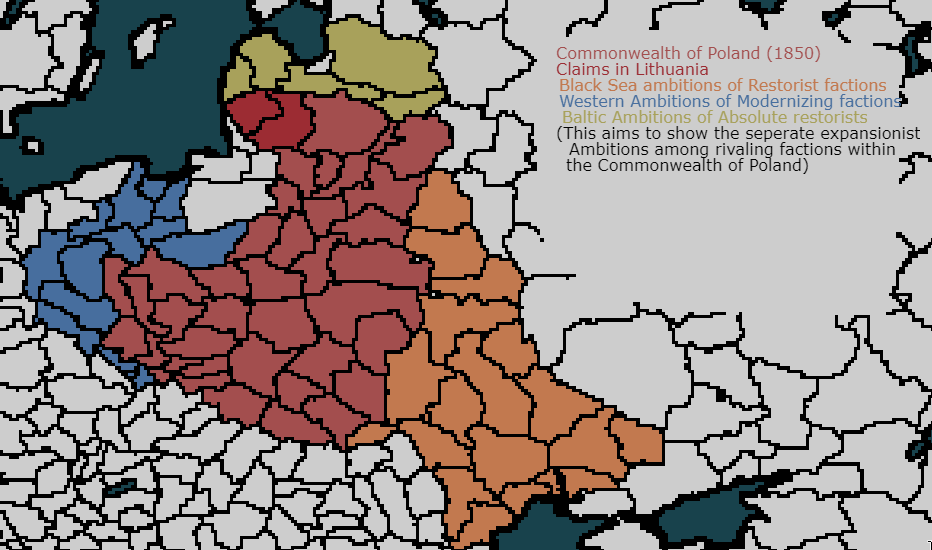Remnants of Exilvania wrote:Currently the only option I see to break a costly war of attrition would be an alliance with Germany or Russia. That would end the war quickly for either of us. You ally with Russia and I get killed. I ally with Russia and you get killed. You ally with Germany and I get killed. I ally with Germany and you lose Denmark and the blockade ends.
Russia hates both of us and wants our territory. I don't know what this Russia will do, but if I was playing Russia, I'd make vague promises of help to both sides and patiently wait until we're both exhausted, before invading both of us in our weakened state.
I'll pursue an alliance with Poland, for a certainty (although how I can pursue that alliance is an open question) and Germany... is an interesting idea. Depends on what ends up being applied for in the German States.
The Baltic-White Sea Canal existing in 1850 would have much further-reaching implications than just relieving the blockade. It would be... very interesting, if Russia pursues it.









